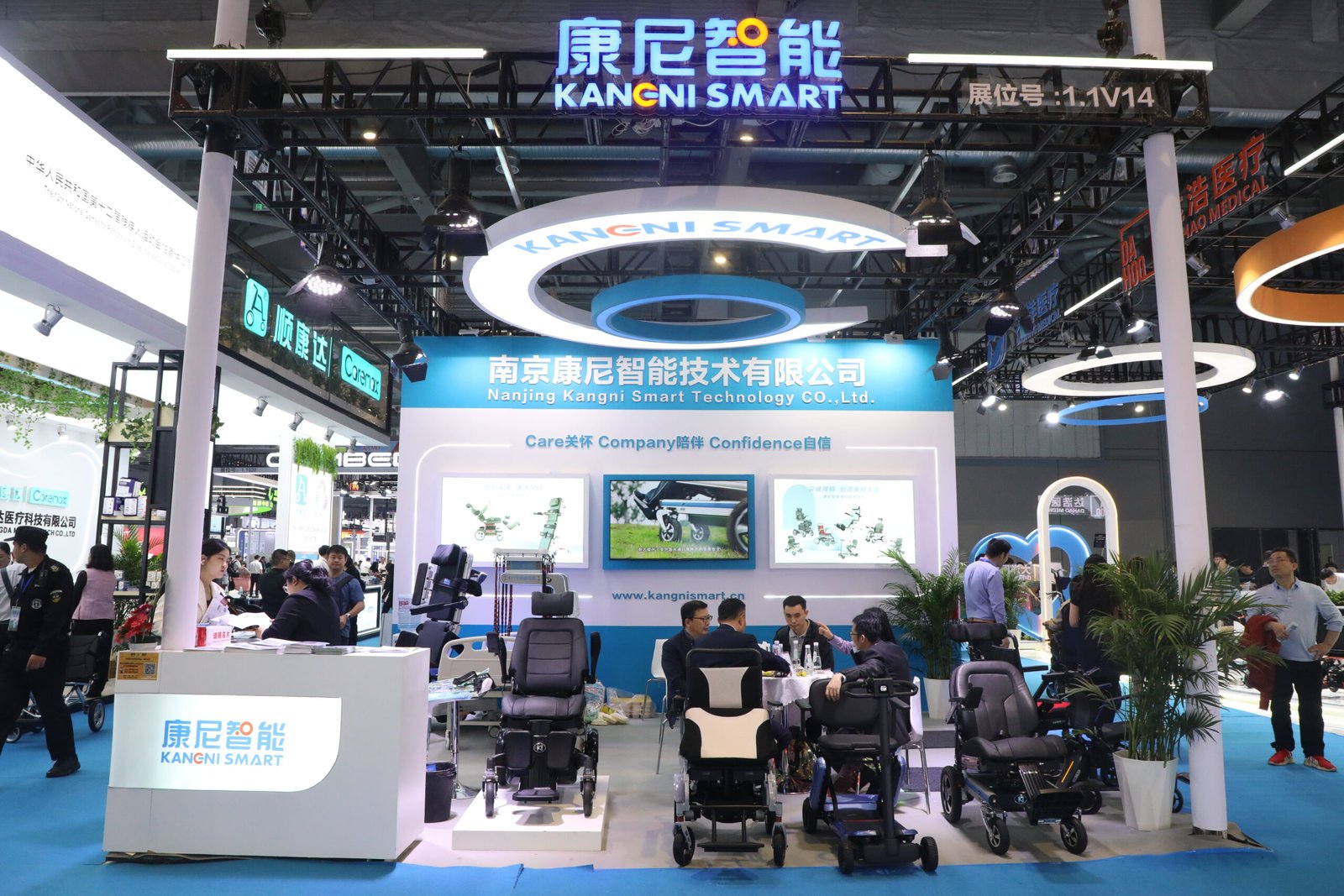
Understanding the Range of Electric Wheelchairs: Key Factors and Optimization Tips
Mobility Electric Wheelchairs have revolutionized mobility for individuals with limited movement, offering independence and freedom. One of the most critical considerations when choosing or using an electric wheelchair is its travel range—how far it can go on a single charge. This article explores the factors influencing wheelchair range and provides practical advice for maximizing performance.

Electric wheelchair ranges vary significantly based on model and specifications:
Basic models: 8–12 miles (13–19 km)
Mid-tier models: 12–18 miles (19–29 km)
Advanced models: 18–25 miles (29–40 km)
High-performance models: 25–35+ miles (40–56+ km)
These estimates assume optimal conditions—real-world performance may differ based on usage patterns.
Lead-acid batteries: Affordable but heavy, with shorter lifespans (typically 8–15 miles per charge).
Lithium-ion batteries: More expensive but offer superior range (15–30+ miles), faster charging, and longer overall lifespan.
User weight directly impacts battery consumption.
Added accessories (oxygen tanks, bags) further reduce range.
Flat, paved surfaces allow maximum efficiency.
Inclines, rough terrain, or soft ground (grass, sand) can decrease range by 25–40%.
Higher speeds (above 4–5 mph) significantly increase power consumption.
Smooth acceleration/braking preserves battery life versus abrupt movements.
Cold weather reduces battery efficiency by 15–30%.
Extreme heat may cause battery degradation over time.
Choose lithium-ion batteries for better performance if budget allows.
Maintain charge levels between 20–80% for optimal battery health.
Store in temperature-controlled environments when possible.
Use lower speed settings for longer trips.
Plan routes to minimize hills and obstacles.
Keep tires properly inflated (for models with pneumatic tires).
Clean and lubricate moving parts to reduce friction.
Remove unnecessary weight when possible.
Consider lightweight alternatives for essential accessories.
Carry a backup battery for extended outings.
Identify charging points along regular routes (some public spaces offer wheelchair charging).
Keep a manual wheelchair or alternative mobility option available for emergencies.
Emerging technologies promise to enhance electric wheelchair capabilities:
Fast-charging systems: Reducing downtime between uses.
Energy recovery systems: Harnessing kinetic energy during braking.
Smart navigation: AI-assisted route planning for optimal battery use.
While most electric power chairs offer 10–25 miles of range under normal conditions, understanding the factors that affect performance can help users make informed decisions. Proper maintenance, efficient driving habits, and smart battery management can significantly extend operational distance, ensuring reliable mobility when it’s needed most.
For those considering a new electric wheelchair, prioritize models with lithium-ion batteries and check independent range tests for accurate performance data. With the right approach, users can enjoy extended freedom and independence in their daily lives.
Would you like recommendations for wheelchairs with exceptional range? Share your questions in the comments below!
Copyright@ 2025 Nanjing Kangni Smart Technology Co., Ltd. All Right Reserved.